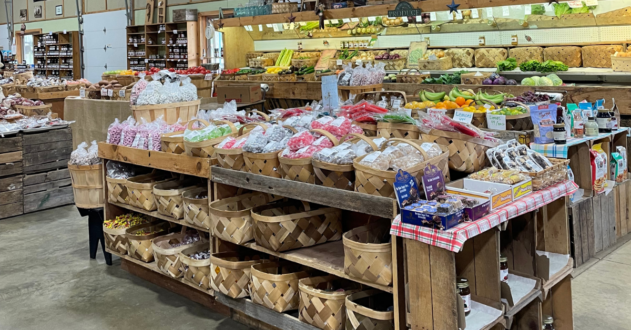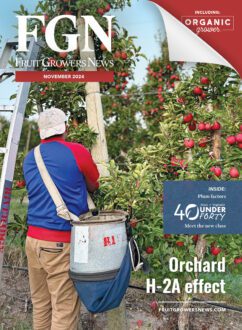
Nov 19, 2024Market channel assessment
As diversified farmers, we must master not only the production requirements for each of our products but also the strategies for effectively marketing them. The decision on how to sell our products is as crucial as the methods we use to grow them.
While it might seem straightforward to sell at farmers markets or through Community Supported Agriculture (CSA) programs, these options are no longer as simple as they once were. Many CSAs struggle to fill shareholder slots, and vendor spaces at farmers markets can be limited. Fortunately, there are now numerous channels to reach potential customers, and evaluating these channels is essential to determine which ones best suit our business and lifestyle.

Marketing can consume up to 30% of our time, which is time away from farming. Therefore, we need to ask ourselves: “Which markets will provide the greatest return on my time and the amount of product sold?”; “Am I the right person to market my product?”; and “If I’m not, who is?”
If you decide that you are the right (or only) person to handle marketing, you need a strategy to diversify your marketing plan while still having time to produce your products. The goal should be to have a marketing plan as diverse as the farm products you offer.
Evaluating market channels
When considering market channels, some are chosen because they appeal to us, while others are necessary. For example, farmers markets might not be everyone’s favorite, but they can be an effective short-term solution to build up your CSA or pick-your-own operation by getting your farm’s name out into the community. It’s inexpensive advertising while selling your products.

To help make decisions about your marketing channels, consider an exercise from the “Guide to Marketing Channel Selection” by Matthew LeRoux, agricultural marketing specialist at Cornell Cooperative Extension. This exercise involves ranking your potential marketing channels based on various criteria such as volume, price, risk, labor required and associated costs.
Here’s an example: In this example, there are four market channels. Rank each channel 1 through 4 with 1 being the most favorable and 4 the least favorable. There aren’t any right or wrong answers. This example shows that restaurants are the most favorable marketing channel for this farm.
However, these rankings can change over time. For instance, if the volume of product sold increases for on-farm sales, that channel might become the top-ranking one. Wholesale distribution ranks higher than farmers markets mainly due to the high marketing labor involved with farmers markets compared to wholesale.
Considering quality of life
Finally, consider how each market channel affects your quality of life. What is the perceived level of stress involved with supplying those channels? How will it impact you and your family? If necessary, add this as a column to your evaluation exercise. It is just as important as the other criteria for a profitable and happy farming life.
By carefully evaluating and selecting the right market channels, you can create a balanced and effective marketing plan that supports both your business goals and personal well-being.
Written by Brian Moyer

Brian Moyer is an educational program associate with Penn State Extension. As founder of PA Farm Markets and founder and manager of the Skippack Farmers Market, Moyer specializes in assisting farmers markets, retail farm markets, direct-to-consumer sales, and new and beginning farmers with marketing, business and regulatory issues.














